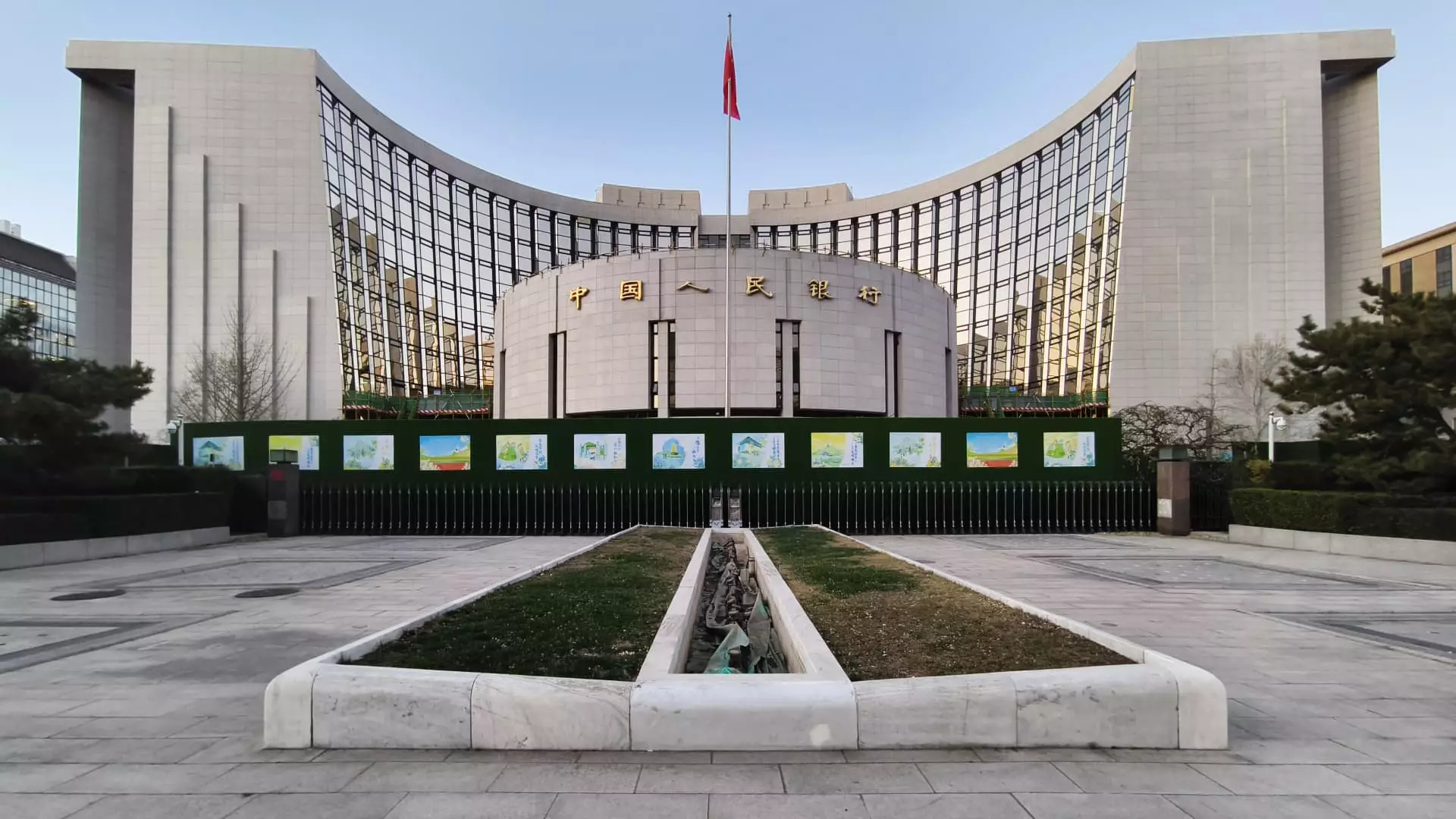In light of sustaining economic growth amidst fluctuating currency pressures, China’s monetary policy continues to face rigorous scrutiny. On Friday, the People’s Bank of China (PBOC) announced that it would maintain its benchmark lending rates, reinforcing the one-year loan prime rate (LPR) at 3.1% and the five-year LPR at 3.6%. This decision arrives at a critical juncture, as the nation grapples with a weakening yuan and the implications of external economic pressures.
The PBOC’s decision to keep interest rates unchanged has been largely anticipated. A Reuters poll, which surveyed 27 economists, pointed towards this expectation, indicating that the central bank is weighing the intricate balance between encouraging domestic economic growth and managing the value of the yuan. The one-year LPR is integral to corporate borrowing and consumer loans, while the five-year LPR plays a vital role in shaping mortgage rates.
On the global stage, the U.S. Federal Reserve’s recent policies have added another layer of complexity to China’s monetary policy outlook. With the Fed announcing a projected reduction of interest rates by a mere two times in 2025, compared to earlier predictions of four reductions, the ripple effects are expected to influence international financial markets, including China’s. Analysts suggest that despite these changes, the direction of China’s monetary easing may remain insulated from U.S. policy shifts, yet pressure on the yuan remains undeniable.
Concerns about the yuan’s depreciation are mounting. Farzin Azarm, managing director at Mizuho Americas, highlighted the challenges, stating, “I think at this point, it really is a function of what rates are doing.” The PBOC’s strategy appears rooted in a longer-term assessment of market conditions rather than reacting swiftly to immediate currency fluctuations. This includes a deliberate avoidance of direct interventions to bolster the yuan, a stance that could fundamentally reshape market confidence in the currency moving forward.
China’s economic outlook has been further complicated by a series of meetings where top officials recognized the need for more extensive monetary easing. However, despite prior interest rate cuts, the economy continues to grapple with persistent deflationary pressures, stunted consumer demand, and ongoing struggles within the real estate market. These factors indicate that while monetary easing measures are necessary, their immediate impacts may be limited.
Future Directions for China’s Economy
Further assessments from economic strategists emphasize the need for a comprehensive approach to stimulate economic growth. Yan Wang, chief strategist at Alpine Macro, pointed out that while the PBOC should continue to consider rate cuts to relieve deflationary pressures, fiscal measures might play an increasingly pivotal role. Wang’s insights underline that the Chinese government’s fiscal flexibility could become the primary tool for recalibrating the economy, especially in an environment marked by international uncertainties, particularly with potential tariff implementations.
Notably, although officials are contemplating a suite of reforms to invigorate the economy, recent economic indicators reflect persistent challenges. As China ventures into a new fiscal year, it is faced with stagnant consumer sentiments and a property market that shows few signs of revival. The question of whether the PBOC can successfully navigate these complexities without triggering further volatility in the yuan remains an open debate.
The PBOC’s choice to hold interest rates steady serves as a reflection of the arduous balancing act that China is performing at this economic crossroads. The interplay between maintaining growth, managing the yuan’s valuation, and responding to global economic signals presents formidable challenges. As the PBOC navigates these waters, the focus must remain on devising flexible monetary and fiscal strategies that can effectively address both immediate and cyclical economic needs. Whether these measures will suffice to resuscitate consumer confidence and stymie deflationary trends remains to be seen, making the coming months crucial for stakeholders across the board.


Leave a Reply